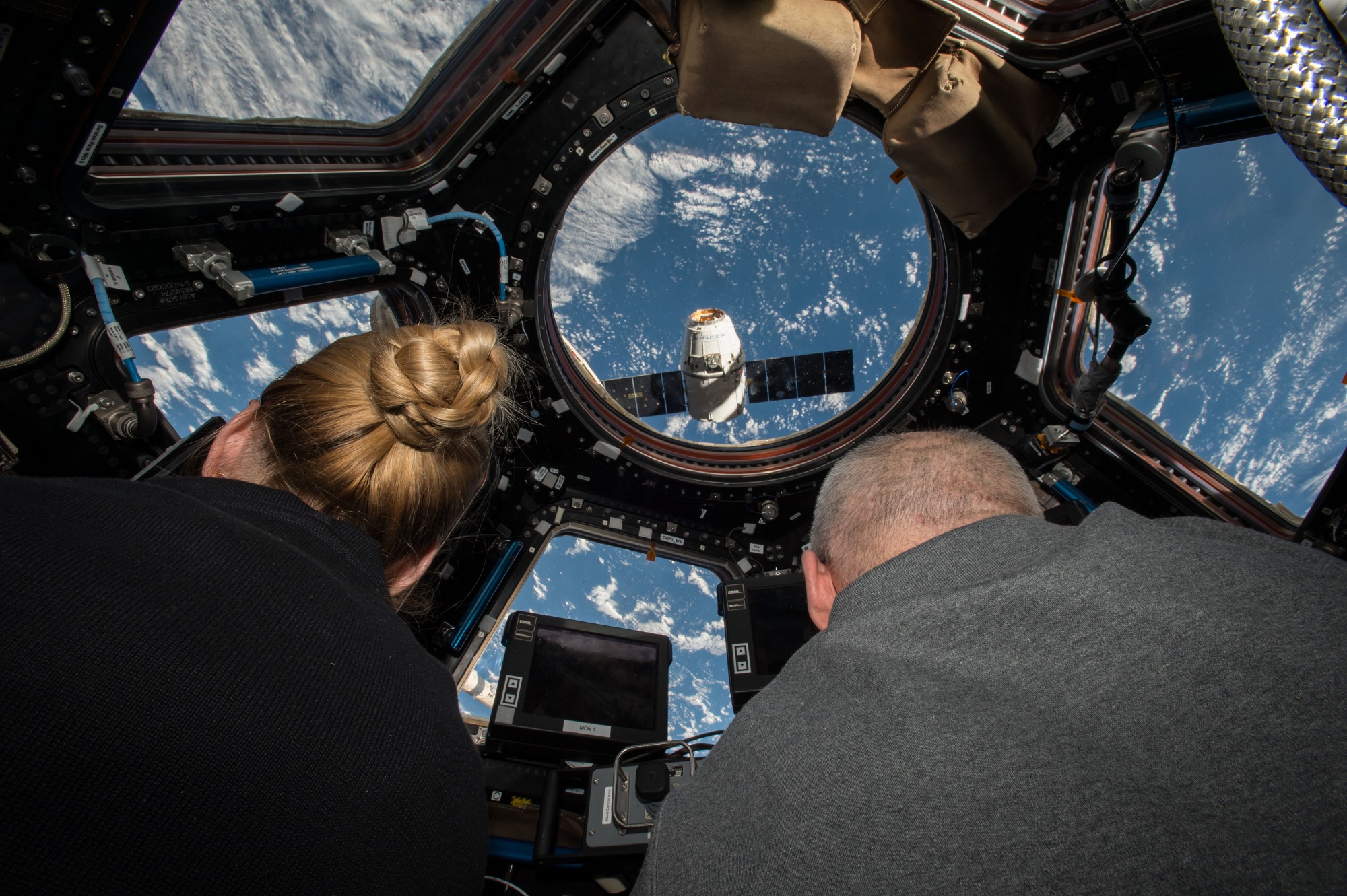Spaceflight takes a serious toll on the human body. As NASA’s Twin Study demonstrates, long-duration stays in space lead to muscle and bone density loss. There are also notable effects on the cardiovascular, central nervous, and endocrine systems, as well as changes in gene expression and cognitive function. There’s also visual impairment, known as Spaceflight-Associated Neuro-ocular Syndrome (SANS), which many astronauts reported after spending two months aboard the International Space Station (ISS). This results from increased intracranial pressure that places stress on the optic nerve and leads to temporary blindness.
Researchers are looking for ways to diagnose and treat these issues to prepare for future missions that will involve long-duration stays beyond Earth and transits in deep space. A cross-disciplinary team of researchers led by the University of Western Australia (UWA) has developed a breakthrough method for measuring brain fluid pressure that could reduce the risk of SANS for astronauts on long-duration spaceflights. This research could have applications for the many efforts to create a human presence on the Moon in this decade and crewed missions to Mars in the next.
The team was led by William H. Morgan, a Professor of ophthalmology specializing in glaucoma and diabetic/vascular retinopathies. He is also the head of the UWA Centre for Visual Science (COVS) and the Managing Director of the Lions Eye Institute in Perth, Australia. He was joined by researchers from the International Centre for Radio Astronomy Research (ICRAR), the International Space Centre (ISC), and Murdoch University. The study that describes their findings was published in npj Microgravity, a publication maintained by Nature Partner Journals (npj).

As Prof. Morgan explained in a recent UWA press release, human bodies have evolved to counter the effects of gravity by pushing blood upwards into the head:
“In microgravity, this can lead to an increased average pressure in the cerebrospinal fluid, which adversely affects the retina and deteriorates vision and other important functions. The strength of the pulsations in the tiny veins of the retina should, in principle, depend on the cerebrospinal fluid pressure. All blood vessels experience tiny pulsations coming from the heartbeat.”
Until recently, intracranial pressure could only be measured through a lumbar puncture, a skull burr hole, or other invasive measures that are painful, risky, and difficult to perform in microgravity. For their study, Morgan and his associates used a special eye camera to measure tiny pulsation changes in subjects placed in different positions on a tilt table. This mimicked the effects of variable gravity on the cerebrospinal fluid pressure, simulating what astronauts experience while transitioning to microgravity and back.
According to co-author Danail Obreschkow, an Associate Professor with the International Centre for Radio Astronomy Research and the Director of the International Space Centre, their team has developed the first non-invasive method for measuring cerebrospinal fluid pressure changes that can be performed safely in space. These results study could be crucial to overcoming a type of blindness that frequently develops in astronauts on long-duration space flights. Said Obreschkow:
“The so-called Space Associated Neuro-ocular Syndrome is one of the most serious risks for astronauts on long-duration flights and one that NASA identified as a significant challenge on future crewed missions to Mars. Tilt table experiments on Earth are the only way of controllably altering the gravitational force upon the human body and allowed us to alter the cerebrospinal fluid pressure in small definite increments It also forced us to develop systems which can be used in any postural position necessitating portable, small handheld devices which are essential if such systems are to be used in space.”

Their findings could also lead to the development of handheld portable devices that could monitor intracranial pressure among astronauts, providing a cost-effective and low-risk means for rapidly diagnosing SANS. It could also lead to the development of new treatments that mitigate the effects and ensure astronauts maintain healthy eyesight during long-term stays in space. This study is part of a larger constellation of research examining the long-term effects on muscle, bone, and organ health that could lead to new treatments that will facilitate human space exploration (and maybe even settlement).
Further Reading: UWA


All life on Earth evolved under the influence of gravity, over billions of years. Is it thus any wonder that removing that force from the equation would have such deleterious effects, on ANY organism? Perhaps this is why we don’t see any other spacefaring civilizations: They just realized the risks outweigh the benefits. Building gigantic rotating enclosures to simulate gravity is any obvious solution, but again: Do we really have the wherewithall to do that?
That IS a proposed resolution to the Fermi Paradox. And IMHO, it’s the best (and only) evidence for the Planetarium Hypothesis. The physics model of the simulation is designed to make space exploration super-hard.